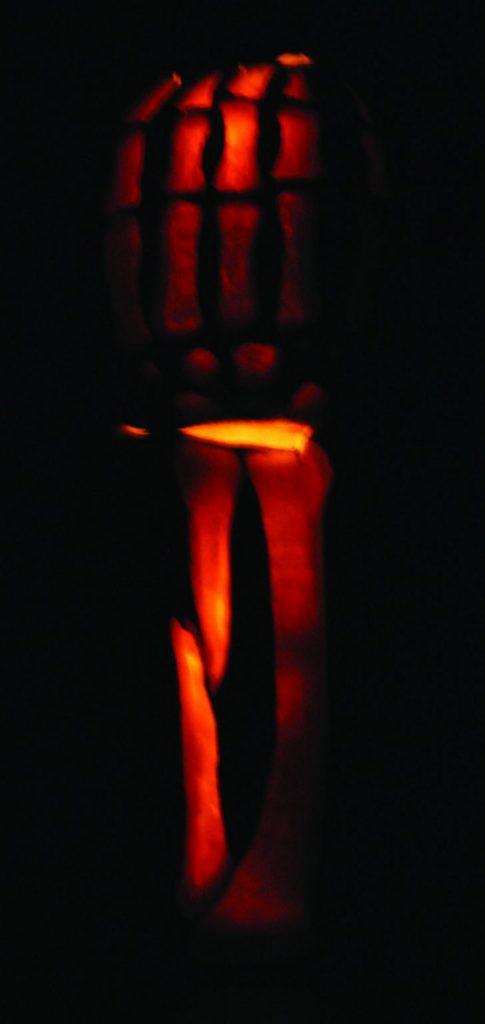Paganistic rituals or childhood fun?
When you unravel the roots of Halloween, you will not find candy-fiending children dressed as their favorite superhero and Disney Princess or people carving out pumpkins and bobbing for apples. Instead, you’ll find a rich mash-up of Celtic, Roman and American history dating back 2,000 years. Different events from all three cultures play a significant role in linking many to their favorite ways of celebrating present-day Halloween.

This archived article was written by: Nathan Manley
When you unravel the roots of Halloween, you will not find candy-fiending children dressed as their favorite superhero and Disney Princess or people carving out pumpkins and bobbing for apples. Instead, you’ll find a rich mash-up of Celtic, Roman and American history dating back 2,000 years. Different events from all three cultures play a significant role in linking many to their favorite ways of celebrating present-day Halloween.
Pinpointing the exact origin of Halloween is still up for debate, but the ancient Celtic Festival Samhain(pronounced saw-win) is considered the birth of the ghoulish holiday. According to the History Channel, the festival landed on Nov. 1, and celebrated the end of summer and beginning of the cold dark winter, ushering in the Celts New Year. Since this time of year was also associated with death, they believed that on the night of Samhain, the boundary for the undead was gone, allowing ghosts to come back to Earth. To commemorate the event they wore masks and costumes and gathered around sacrificial fires.
Further down the veins of history, the Celtic Territory was conquered by the Roman Empire. It was during the new empiric rule holidays and celebrations were forged and Samhain was combined with two Roman traditions. One of these, a day commemorating the passing of the dead, the other was a day to honor Pomona, the goddess whose symbol is the apple. This incorporation is what sparked the tradition of bobbing for apples.
The name Halloween started as a dedicatory day honoring Christian martyrs and saints, called All-Hallowmas, meaning All-Saints’ Day. The celebration started on the night of Samhain, and was called All-Hallows Eve, and eventually renamed Halloween.
The practice of carving jack-o-lanterns started from an Irish myth of a wiley man named Stingy Jack. With his wiles he tricked the devil into never allowing claim on his soul. When Jack finally died, he being an unworthy character of dwelling with God and was sent down to the devils’ realm. Keeping his word to never claim his soul, the devil sent Jack into the cold, dark night with only a coal inside a carved out turnip to wander the Earth. The Irish called him Jack-of-the-Lantern and later, Jack-o-Lantern. Peasants started carving there own turnips and placing coals and candles inside. Immigrants from Ireland brought the tradition to America, but started using pumpkins, a native fruit, to carve their jack-o-lanterns.




